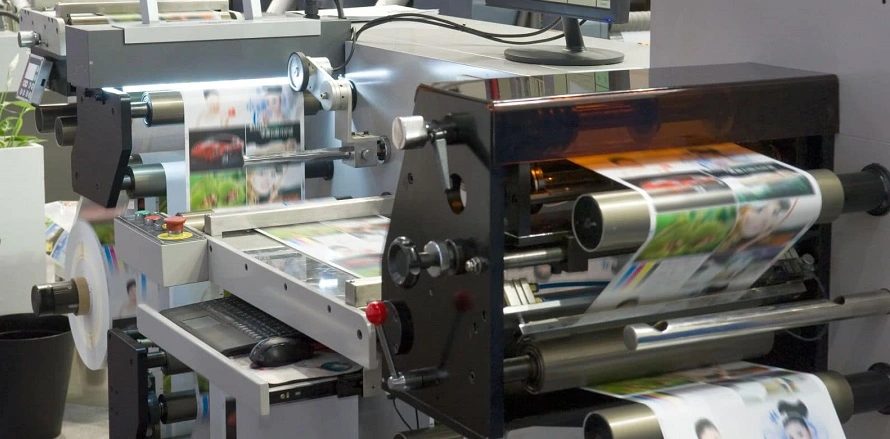
Introduction
In the vast expanse of modern industry, the printing techniques employed not only reflect the technological advancements but also significantly influence the operations and outputs of various sectors. From fashion and marketing to publishing and product design, the methods of printing have evolved, bringing about profound changes in production speed, cost efficiency, and quality. This article explores the journey of printing techniques from traditional methods to the latest innovations like direct-to-film (DTF) printing, and how they impact modern industries.
Traditional Printing Techniques
Historically, printing began with rudimentary techniques such as woodblock printing, which dates back to the 9th century. This method involved carving an image or text on a wooden block, inking it, and then pressing it onto paper or fabric. Moving forward, the invention of the movable type by Johannes Gutenberg in the 15th century revolutionized printing, making it easier and faster to produce books and thereby helping spread knowledge. Over the centuries, these traditional methods laid the groundwork for more sophisticated techniques that would further enhance efficiency and output quality.
The Rise of Modern Printing Technologies
The transition to modern printing technologies began with the development of offset printing in the early 20th century. This technique uses plates, usually made from aluminum, which transfer an image onto a rubber blanket and then to the printing surface. The efficiency of offset printing made it ideal for large volumes, such as newspapers and books. As industries demanded faster and more versatile solutions, digital printing emerged. Unlike offset printing, digital printing does not require printing plates, which allows for quicker setup times and the ability to easily customize prints, making it perfect for short runs and on-demand printing.
The Digital Printing Revolution
Digital printing technologies have transformed numerous sectors by enabling cost-effective, high-quality printing of customizable and variable data. This adaptability is particularly valuable in industries like marketing, where personalization can significantly increase the effectiveness of print campaigns. Furthermore, digital printing supports sustainable practices by reducing waste and energy consumption, aligning with the increasing global emphasis on environmental responsibility.
Specialty Printing Techniques and Their Applications
Among the myriad of specialty printing techniques, screen printing, thermal printing, and DTF (direct-to-film) printing stand out due to their unique benefits and applications across different industries.
- Screen Printing: Used primarily for textiles and large banners, screen printing involves creating a stencil (or screen) and using it to apply layers of ink on the printing surface. This method is favored for its durability and color vibrancy.
- Thermal Printing: Commonly used for receipts and barcode labels, thermal printing uses heat to transfer an image onto paper. This technique is appreciated for its fast printing speeds and low maintenance costs.
- Direct to Film (DTF) Printing: A relatively new technique in the field, DTF printing involves printing a digital image onto a special film with a special Prestige XL2 DTF printer, which is then transferred onto the fabric using heat and pressure. DTF is particularly advantageous for its ability to adhere to various types of fabrics, vibrant color output, and flexibility in print runs, ranging from small to large batches. It is becoming increasingly popular in the fashion industry, where customization and variety are crucial.
Each of these techniques has specific advantages that make them suitable for different applications, depending on the industry requirements such as volume, material type, and durability of the print.
Impact of Advanced Printing Techniques on the Fashion Industry
In the fashion industry, the impact of advanced printing techniques, especially DTF printing, is particularly significant. These technologies allow for rapid prototyping, fast fashion production cycles, and intricate designs that were not possible with older methods. Designers can experiment with vibrant colors and complex patterns without the need for extensive setup or high costs. Additionally, on-demand printing reduces waste, supporting more sustainable fashion practices by producing only what is needed based on demand.
Conclusion
The evolution of printing techniques from traditional methods to modern technologies like DTF printing has not only enhanced the capabilities of various industries but also shaped their operational dynamics. As these technologies continue to evolve, they promise to bring more efficiency, quality, and customization capabilities to industries, thereby influencing future production trends and business strategies. The ongoing advancements in printing technology are pivotal in driving innovation, reducing environmental impact, and meeting the ever-changing consumer demands.
Source: Explore






